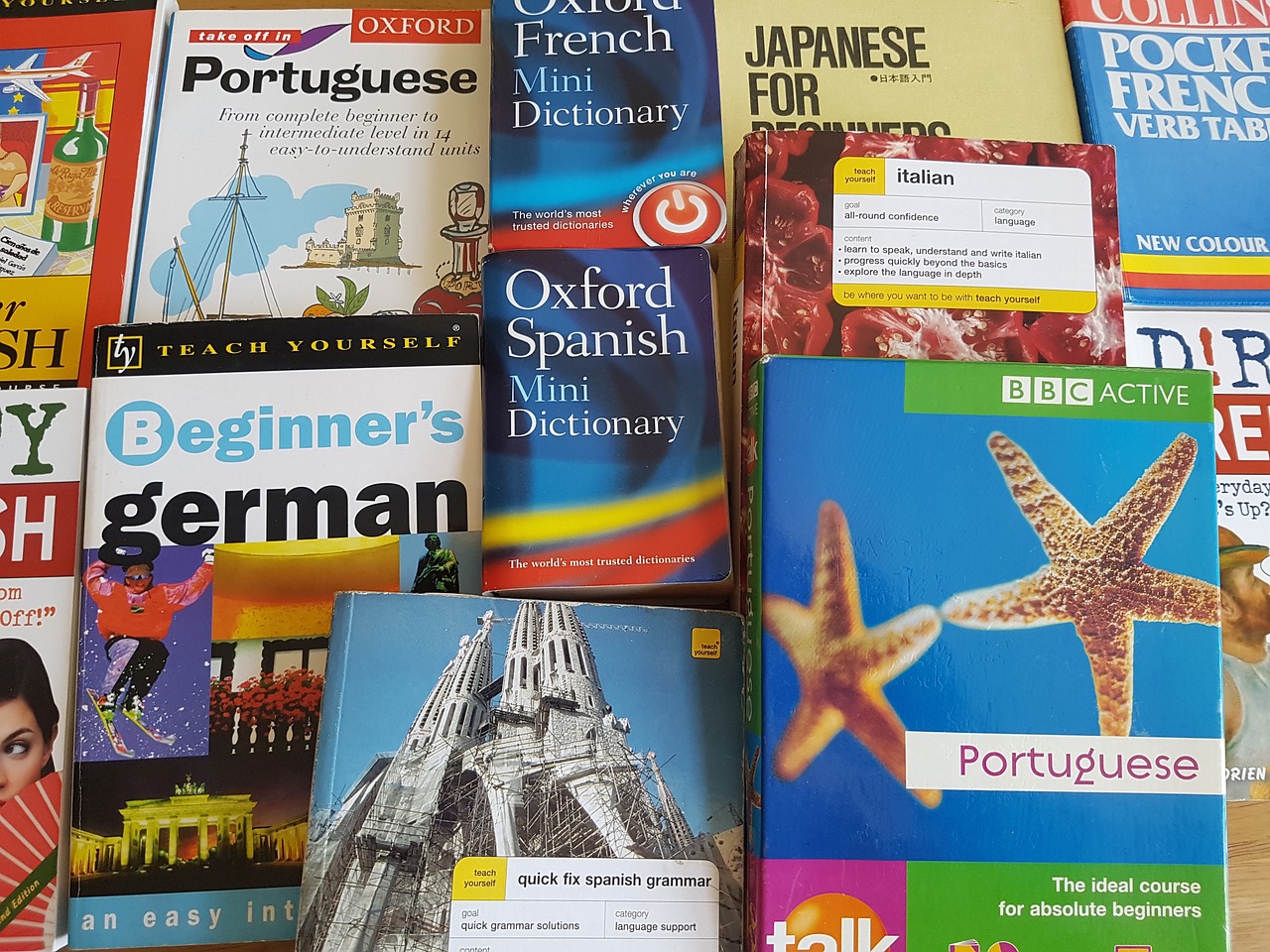So, you’ve decided to learn a new language, huh? Bravo! Truly, what better way to spend your fleeting youth than entangled in the convoluted web of grammar rules, pronunciations, and, God forbid, alphabets you can’t even recognize? But fret not, for you are in good hands. I’ve put together this entirely reliable, practical, and sarcastic guide that will (not) effortlessly transform you into a polyglot — or at least get you to the point where you can order a beer and find the bathroom in another country.
Step 1: Pick a Language, Any Language — But Not Really
First things first, let’s select the language you’ll dedicate the next few months (or years, let’s be real) of your life to. You might think any language will do, but no, don’t be silly. Choose something exotic, like Elvish or Klingon, because impressing your friends at costume parties is the ultimate life goal, clearly.
Alright, jokes aside — pick a language that genuinely interests you. If you’re captivated by the idea of speaking Japanese but have a mortal fear of sushi, maybe reconsider. Your interest will fuel your motivation, and you’re going to need a lot of that.
Step 2: Buy All the Language Books — And Never Open Them
Once you’ve chosen your language, you need tools. And what’s better than language books? Go ahead, empty your wallet at the bookstore and then use these books as fancy coffee table decor. Who needs to actually open them when their mere presence in your house brings you that much closer to linguistic mastery, right?
Seriously though, while books can be a valuable resource, don’t get caught in the trap of hoarding them without utilizing them. Choose a couple of quality texts and commit to working through them.
Step 3: Download 27 Language Apps — And Ignore All Notifications
A smartphone isn’t really smart if it doesn’t have at least a dozen language learning apps, is it? Download them all, let them take up all the storage on your phone, and then conveniently ignore every “Time to practice!” notification. Because let’s face it, scrolling through social media is obviously the more important use of your time.
On a less sarcastic note, apps can be incredibly useful for on-the-go practice, but try to limit yourself to a few that really engage you. Having too many can be overwhelming and counterproductive.
Step 4: Pronunciation? Just Wing It!
Ah, pronunciation, the delightful art of making sounds you never thought your mouth was capable of. Why stress about it? When it comes to speaking, just wing it! Accents are cute, after all. Plus, if people don’t understand you, it’s their problem, right?
But seriously, poor pronunciation can lead to some awkward or even embarrassing situations. While native speakers usually appreciate any effort to speak their language, making an effort to get the pronunciation right goes a long way. Use those language apps or books with audio samples to listen and repeat until you get it right, or better yet, converse with native speakers.
Step 5: Surround Yourself with the Language — By Staring at Unread Newspapers
So you’ve heard that immersion is the key to mastering a new language? Excellent! Go out, buy some foreign newspapers and magazines, and then place them strategically around your home. Occasionally glance at them while walking by, as if osmosis works for language acquisition.
In reality, immersion does help, but you have to engage with the material. Read the articles, underline words you don’t understand, look them up, and maybe even try to write your own sentences using the new vocabulary.
Step 6: Watch Foreign Films — Without Subtitles, Because You’re Hardcore
Sure, why not dive into the deep end? Skip the subtitles while watching foreign films. Pretend you understand every nuanced dialogue and laugh emphatically even when you don’t get the jokes.
Jokes aside, watching foreign films with subtitles first can help you grasp the context. Then, watching it a second time without subtitles can test your comprehension skills. And hey, you get to watch a movie twice. That’s a win-win!
Step 7: Pretend You’re Too Busy to Practice
Ah, the classic “I’m too busy” excuse. Who has the time to practice a new language when there are so many cat videos to watch, right? Here’s a fun fact: You can make time. Those 15 minutes you spend on social media? Swap it for language practice. The half-hour you spend contemplating existential questions before bed? Try doing it in your target language instead.
Step 8: Skip Grammar, You Don’t Need It
You remember how fun learning grammar was in school, right? So why revisit that traumatic time of your life? Just piece the words together and hope for the best. “Me want food now” gets the point across, doesn’t it?
Alright, I can’t keep a straight face on this one. Grammar is crucial. It’s the backbone of any language and it provides the rules you need to communicate effectively. So, as daunting as it may seem, make an effort to understand the basic structure of your chosen language. And remember, you don’t have to master it all at once. Learning is a marathon, not a sprint.
Step 9: Join Language Groups — And Only Speak English
The idea here is to join groups where your target language is spoken, but then to exclusively converse in English. That way, you can say you went to a language meetup without the burden of actually improving.
Of course, the actual benefit of these groups is the opportunity to practice with native speakers. Take advantage of that and force yourself out of your comfort zone. Speaking with others not only improves your language skills but also helps you understand the cultural nuances that textbooks and apps can’t teach you.
Step 10: Give Up Right Before You Get Good
You’ve been practicing for weeks or maybe even months, but you’re still not fluent? Clearly, this is a sign that you should give up. Throw in the towel right before you make a breakthrough; it’s the logical choice.
In all seriousness, language learning is a long-term commitment that comes with its fair share of ups and downs. The key is to keep going. Review, practice, and engage with the language as much as possible, and whatever you do, don’t give up. You’re always closer to fluency than you think.
So, there you have it — your guide to not learning a language effectively. But buried under the thick layers of sarcasm are real nuggets of advice. Choose a language and stick to it, make good use of available resources, and most importantly, keep a sense of humor. Because you’re going to need it.



